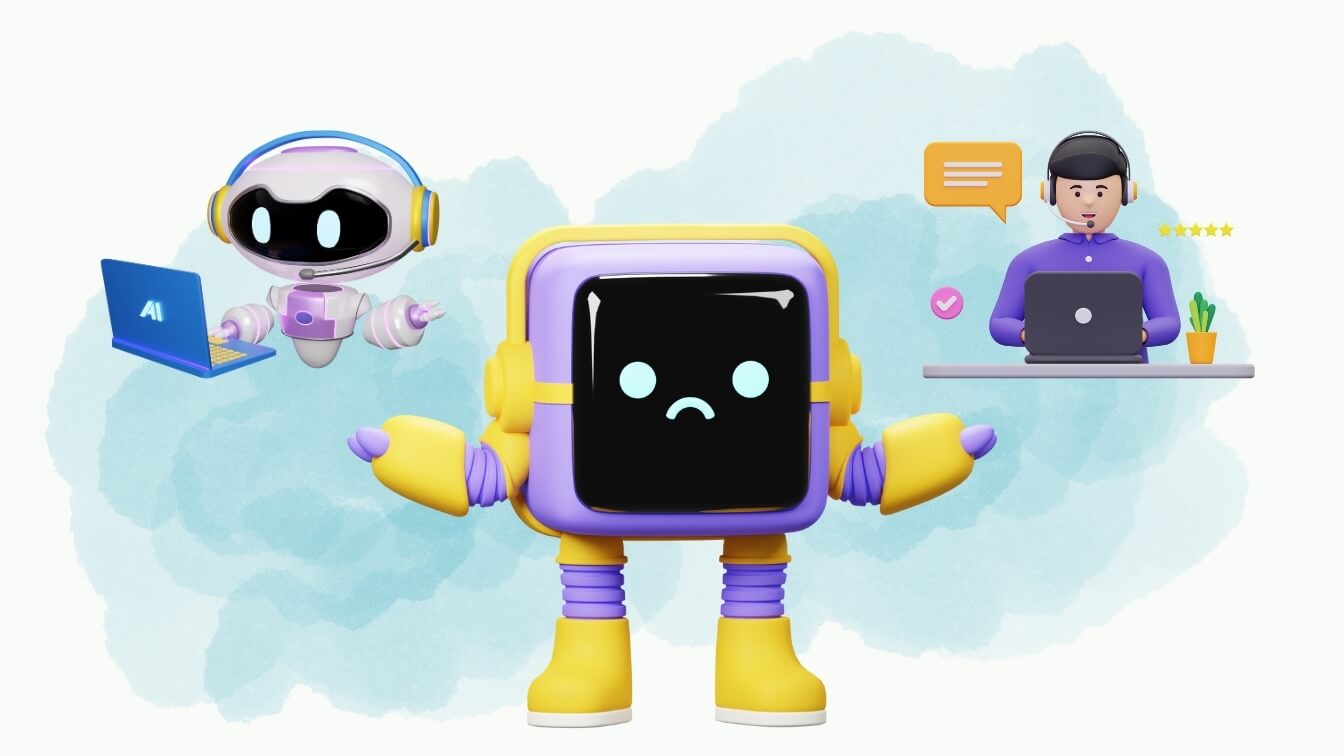
Introduction
Imagine having a conversation with someone who knows about almost any topic you can think of, sounds amazing right? It’s just that "someone" isn't a person at all, but an AI. AI communication tools have come a long way from the simple chatbots of the early internet era. Today, they're sophisticated systems capable of understanding and generating human-like text, recognizing speech and images, and even detecting emotions in some cases. These tools are powered by advancements in machine learning and natural language processing (NLP), enabling them to learn from vast amounts of data and improve over time.
AI Communication Tools
AI communication tools are software applications that use artificial intelligence to facilitate or enhance communication. This can range from chatbots on websites providing customer service, to virtual assistants like Siri and Alexa, to more sophisticated AI-driven platforms that can simulate human-like conversations for various purposes, including education, healthcare, and entertainment.
One of the most exciting developments in AI communication is the emergence of models like GPT (Generative Pre-trained Transformer) and its successors. These models can generate remarkably coherent and contextually relevant text based on the input they receive, making them incredibly versatile for tasks ranging from writing assistance to customer service. Another area is voice recognition and synthesis. AI systems like Siri, Alexa, and Google Assistant have become more natural-sounding and capable of understanding complex commands and queries. Moreover, AI is now being used to create synthetic media, including deepfakes, which are videos and audio recordings that look and sound like real people.
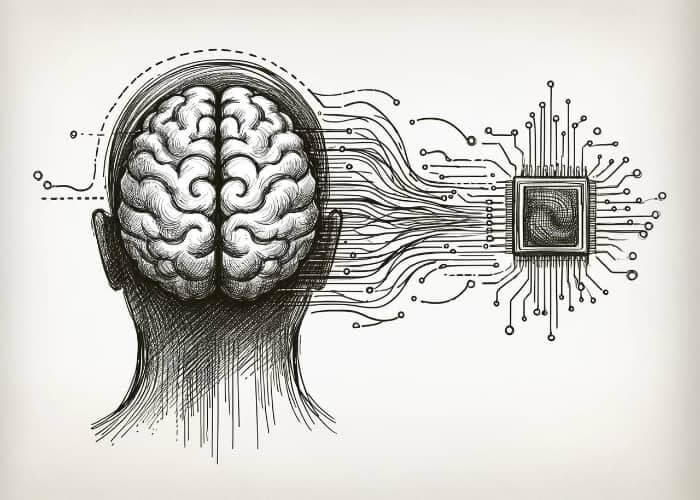
Features of AI Communication Tools
AI communication tools have transformed how we interact with technology, offering a range of features that make digital interactions more efficient, personalized, and accessible.
- Natural Language Processing (NLP): AI systems use NLP to understand, interpret, and generate human language. This allows them to engage in conversations, answer questions, and even write texts that are surprisingly coherent and contextually relevant.
- Machine Learning: Through machine learning, AI communication tools learn from vast datasets, improving their responses over time based on the interactions they have and the feedback they receive.
- Voice Recognition and Synthesis: Advanced voice recognition enables AI to understand spoken language, while voice synthesis allows it to respond in kind, making interactions more natural and human-like.
- Emotion Recognition: Some AI systems can analyze voice tones, facial expressions, and text to gauge the user's emotional state and adjust their responses accordingly, aiming to provide more empathetic interactions.
- Multilingual Support: AI communication tools can often interact in multiple languages, breaking down language barriers and providing support to a global user base.
AI can handle thousands of interactions simultaneously, making it invaluable for customer service, support, and information dissemination at scale. It can also tailor interactions based on user data and past interactions, offering personalized recommendations, responses, and services, and by automating routine interactions, AI communication tools can significantly reduce workload and costs for businesses, while also speeding up response times for users.
Limitations
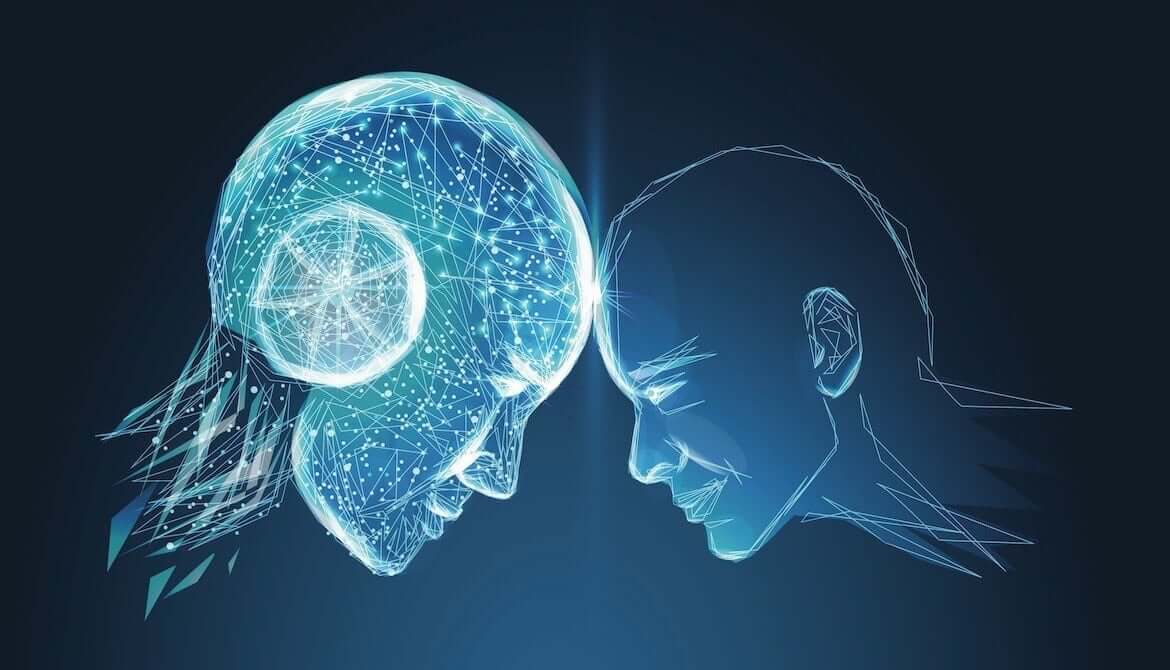
AI just like any other technology, has its strengths and limitations. Apart from contextual misinterpretation, limited creativity, and struggle with sarcasm, the limitation of AI in understanding emotions is particularly significant because emotions are a fundamental aspect of human communication. Emotional intelligence involves not just recognizing emotions but also understanding their nuances, origins, and impacts on behavior and communication.
- Lack of Empathy: AI can simulate responses that appear empathetic, but it doesn't truly feel emotions. Its "understanding" is purely computational, based on patterns and correlations in data rather than genuine empathy or emotional insight.
- Difficulty in Interpreting Emotional Nuances: Emotions are complex and can be expressed in subtle ways, through tone of voice, choice of words, facial expressions, and body language. While some AI systems can recognize basic emotions, interpreting nuanced expressions or mixed emotions is much more challenging.
- Inability to Understand Emotional Context: Emotions are often deeply tied to personal experiences, cultural background, and context. AI cannot fully grasp these aspects, making it difficult to respond appropriately in emotionally charged situations.
Even as AI becomes better at recognizing emotions, ethical questions arise about privacy, consent, and the potential manipulation of emotions. There's concern over how emotional data is collected, used, and stored, as well as the implications of AI systems that can potentially manipulate human emotions for commercial or other purposes.
While AI communication tools have made impressive strides in mimicking human-like interactions, they still ultimately are "mimicking." It just highlights the gap between computational algorithms and the depth of human emotional intelligence.
How to Tell If You're Chatting with AI?
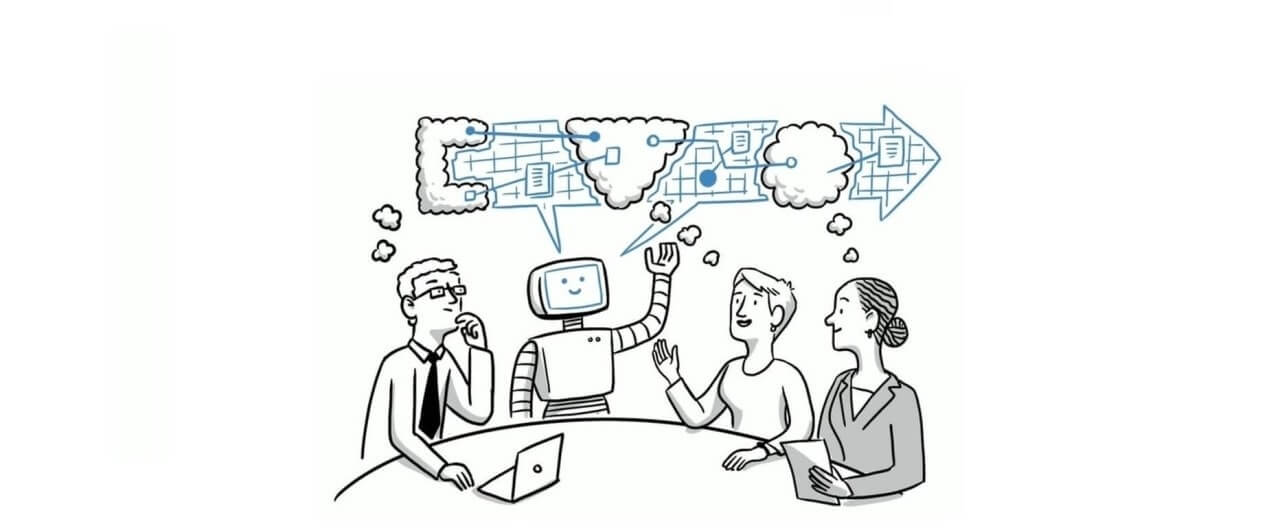
As AI communication tools become more sophisticated, distinguishing between AI and human interactions is becoming more challenging. Today, AI can converse, understand, and even mimic human emotions to a certain extent, transforming how we interact with technology this not only sparks our curiosity but also invites us to question the boundaries between human and machine intelligence It affects trust and credibility in information, and the authenticity of social interactions, and has implications for privacy and security. People need to know whether they're interacting with a human or an AI, especially in sensitive contexts like healthcare, legal advice, or emotional support. Here are a few tips that can help you in telling them apart:
- AI, no matter how sophisticated, often struggles with deeply nuanced questions or those requiring creative, out-of-the-box thinking.
- AI responses tend to be more consistent and may repeat the same phrases or patterns in responses. Humans are more likely to vary their language and make occasional grammatical errors. I know there aren’t many grammatical errors here, So this makes me an AI right? Well, not really, this brings us to our next point
- AI, despite significant advancements, can still struggle with subtle nuances, including sarcasm, humor, and complex emotional undertones. It may misinterpret or respond inappropriately to complex or layered conversations.
- AI might misunderstand the context or fail to pick up on subtleties that a human would naturally understand. This can lead to responses that, while technically correct, feel out of place or irrelevant.
- AI can generate responses almost instantaneously, which might seem unnatural compared to the slight delays in human typing or thinking time, especially for more complex queries.
As AI continues to evolve, so too will its ability to mimic human interactions, making ongoing awareness and education in this area crucial.
The Human Touch in Digital Conversations
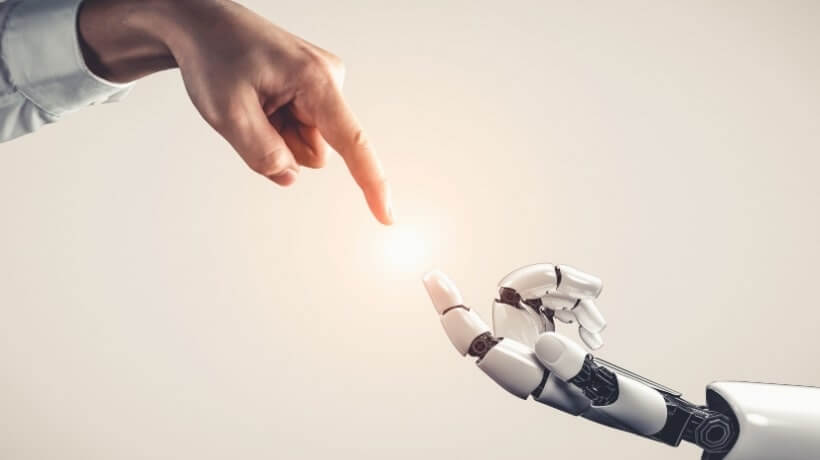
Communication is not just exchanging information but it also involves a back-and-forth exchange of thoughts, ideas, and emotions between two or more people. These elements not only enrich our conversations but also connect us on a deeper level, this complexity and depth is what separates communicating with an AI and with a person. Humor is yet another characteristic that enriches our conversations. It involves wit, timing, cultural references, and often a shared understanding of the subtleties of language and society. Humor can break the ice, forge bonds, and ease tension, serving as a bridge between individuals. While AI can be programmed to recognize and even generate jokes or humorous responses, the spontaneity and creativity behind genuinely humorous interactions are uniquely human. The ability to play with language, to make light of shared struggles ( which we do quite often) is something that cannot be "programmed" or "mimicked" to that extent, at least yet.
And how can we forget about "error", the beauty of imperfection, all those "Hello" misspelled as "gello" or "jello", as Alexander Pope said "To err is human", we take this to heart. Mistakes, misunderstandings, and errors add a layer of authenticity to our interactions. AI-driven conversations aim for accuracy and consistency, minimizing errors to provide reliable information. However, this can sometimes result in interactions that feel sterile or impersonal. Human conversations are filled with idiosyncrasies, slip-ups, grammatical errors, and malapropisms that can endear speakers to each other, making conversations more relatable and engaging.
We can empathize, use humor, navigate misunderstandings, and adapt our communication style to the context and relationship. Our responses are colored by our personalities, cultural backgrounds, and life experiences, making each interaction unique. In contrast, AI communications, while increasingly sophisticated, follow algorithms and patterns based on data. They can simulate aspects of human conversation but lack the spontaneity, emotional depth, and personal touch that come naturally to humans. AI does not get tired, distracted, or emotionally invested, which can be both a strength and a limitation, depending on the context of the conversation.
Emerging technologies and the future of AI in communication.
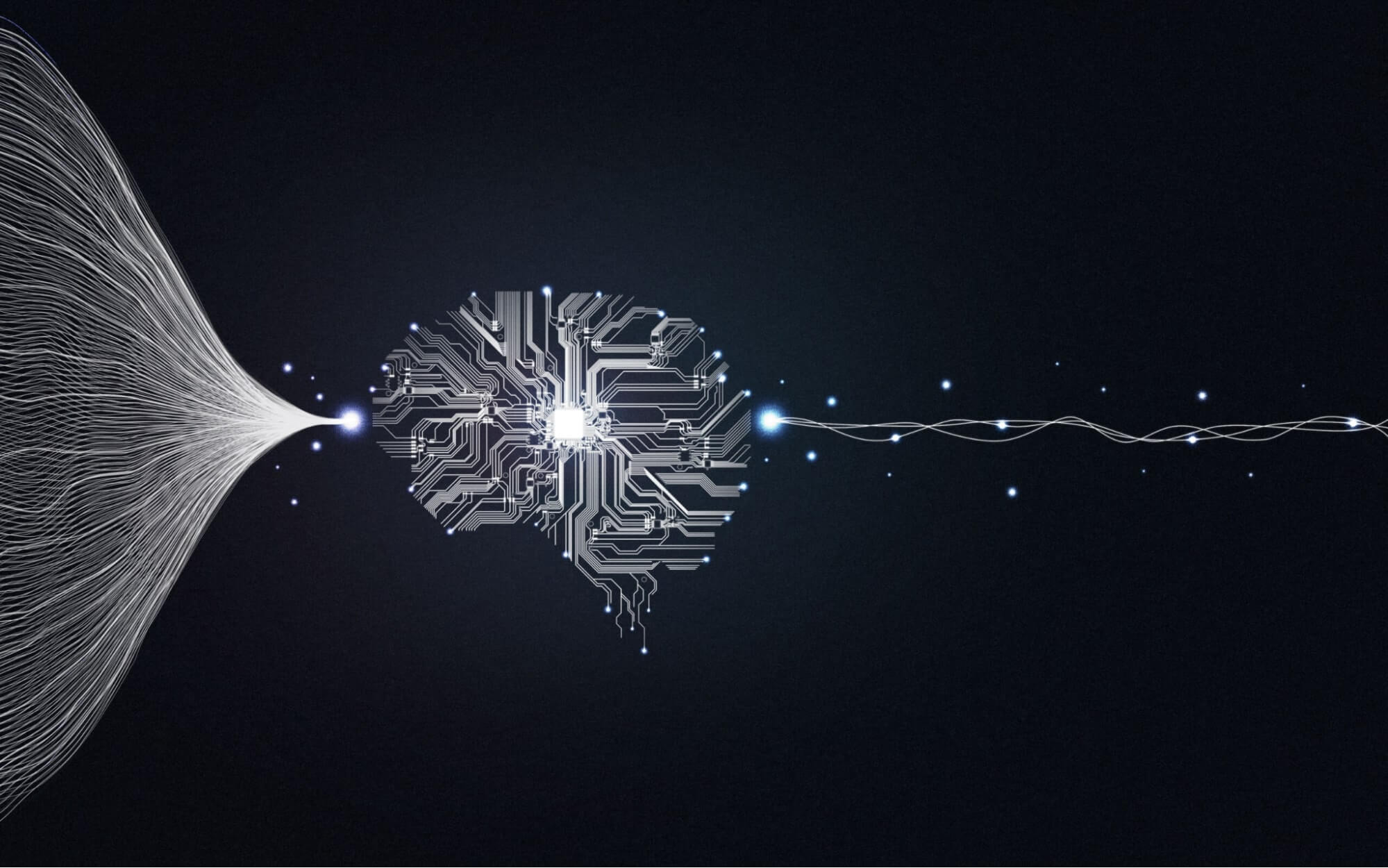
- Engineers just keep pushing the boundaries with AI, promising to make our interactions more intuitive, personalized, and even more human-like. AI is not just understanding but also creating content that's indistinguishable from that written by humans. Advances in NLG (Natural Language Generation) are making this a reality. From generating news articles to composing poetry, NLG is enabling AI to produce text with a level of creativity and relevance that was previously unimaginable. This means more engaging chatbots, more relatable virtual assistants, and AI-generated content that feels personal and authentic.
- Emerging technologies are focusing on sentiment analysis and emotional AI, aiming to read and respond to human emotions with unprecedented accuracy. This could transform customer service, making virtual agents capable of offering not just solutions but also empathy and understanding, mirroring the emotional tone of the customer to enhance the interaction.
Throughout the Star Wars movies, C-3PO demonstrates his linguistic prowess by seamlessly conversing in or translating different languages from the Droidspeak and Binary Language of droids like R2-D2. With improvements in AI, the dream of seamless, real-time language translation is closer than ever.
- AR and VR are set to take AI communication into immersive realms. This could enable virtual meetings where participants feel as if they're in the same room(just like how they do in Marvel Movies) despite being continents apart, or customer service experiences where you can visualize products or solutions in real-time within your environment.
- Quantum computing promises to supercharge AI's capabilities by processing information at speeds unimaginable with today's technology. This could unlock new levels of complexity in AI communication, enabling systems to understand and generate language with a depth and speed that mimic human thought processes, making AI interactions even more intelligent.
Conclusion
While AI can augment, automate, and enhance various aspects of communication, it lacks the depth of understanding, empathy, and genuine creativity that humans bring to interactions. Human communication is not just about exchanging information; it's about building relationships, understanding context and emotions, and sharing experiences and ideas in ways that are deeply rooted in our social and cultural contexts.
AI tools are likely to become increasingly sophisticated and integrated into our daily lives, but they will serve more as complements to human interaction rather than replacements. The essence of what it means to be human—our ability to empathize, create, and understand on a profound level—ensures that AI will enhance, rather than replace, the rich complexity of human communication.
FAQs
What separates humans from AI?
Humans possess consciousness, emotions, and the ability to understand context and nuance in a way that AI currently cannot. While AI can mimic certain aspects of human intelligence and behavior, it lacks genuine empathy, creativity, and the deep, intuitive grasp of the world that comes from lived experience. Human intelligence is holistic, encompassing emotional, social, and cognitive dimensions that AI, which operates through programmed algorithms and data analysis, does not truly embody.
Can you have a real conversation with AI?
Yes, you can have a conversation with AI that feels real up to a certain point. Modern AI, especially advanced chatbots and virtual assistants, can understand and generate human-like responses, making interactions increasingly sophisticated. However, these conversations are limited by the AI's programming and lack the depth, emotional understanding, and spontaneity of a conversation with another human. While AI can provide information, entertainment, and even companionship, it does not offer the genuine connection that comes from human interaction.
Does AI have thoughts?
No, AI does not have thoughts in the way humans understand them. AI operates based on algorithms and data, processing information and making decisions within the parameters set by its programming. While AI can simulate decision-making processes and generate outputs that suggest "thinking," it does not possess consciousness or the subjective experience of thought. AI's "thoughts" are essentially complex calculations and pattern recognitions, devoid of awareness or intention.
Will humans be wiped out by AI?
The scenario of AI wiping out humanity is a popular theme in science fiction, but the reality is far more complex and less deterministic. The development of AI poses ethical, social, and security challenges that need careful management. Most experts advocate for responsible AI development, focusing on safety, ethics, and the beneficial integration of AI into society. While there are risks associated with advanced AI, including potential misuse or unintended consequences, the consensus in the scientific community is to steer AI research towards outcomes that are safe and enhance human well-being, making the dystopian scenario of AI wiping out humanity unlikely.
